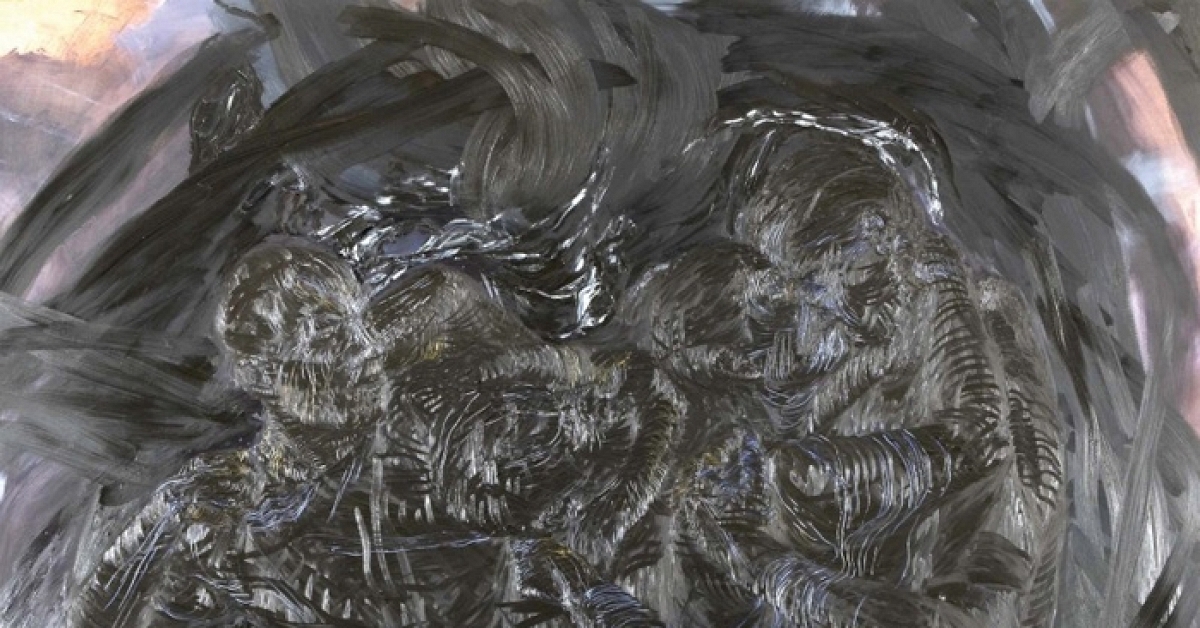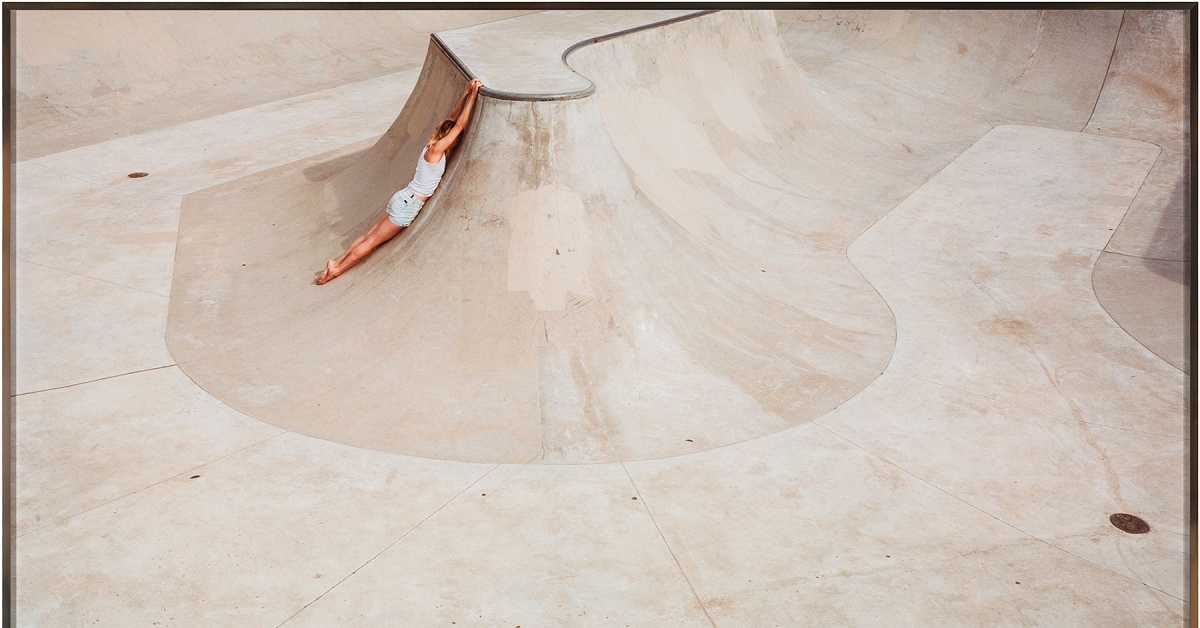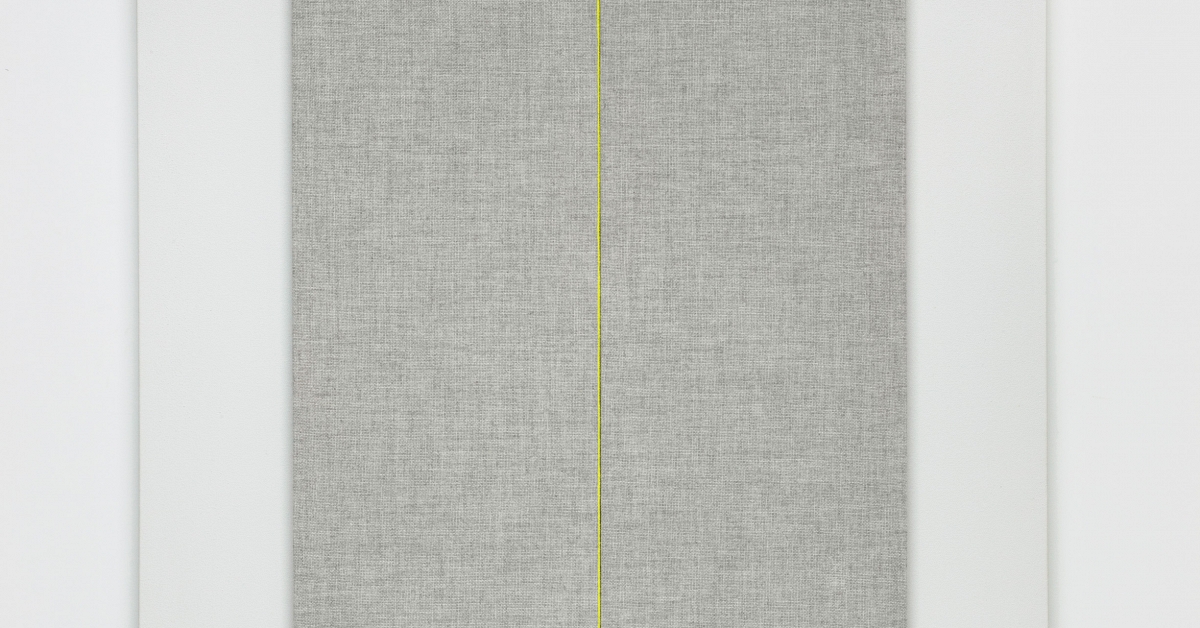September 11: MoMA PS1
Frieze / Jan 11, 2011 / by Steven Stern / Go to Original
On the weekend of 11 September 2011, you could have watched 9/11: Day That Changed the World on the
Smithsonian Channel or 9/11: Timeline of Terror on Fox News. You might have tuned in to America Remembers on NBC, America Remembers on CBS or America Remembers Ten Years Later on ABC. National Geographic Channel presented both Inside 9/11: War on America and Inside 9/11: Zero Hour. HBO re-broadcast the 2004 baseball documentary Nine Innings from Ground Zero, about the October 2001 World Series, while SportsNet NY had Reflections on 9/11: New York Mets Remember. On CNBC, finance expert Suze Orman presented Money Lessons of 9/11. Expressing cynicism at this point is redundant. Harder to express are feelings that aren’t cynical at all. Somewhere outside the hegemonic directive to ‘never forget’, and the 9/11 industry that command begat, there is the idiosyncratic experience of remembering. As a New Yorker, there are quite
a few things I can remember without the aid of TV: the panic and confusion, the smell in the air, the cloud of dust moving across the city. I remember friends finding office memos from the towers in their Brooklyn backyards. I remember when the distress came from too little explanation rather than too much.
Of course, it didn’t take long for the events of September 11 to become the thing called ‘9/11’. The language calcified, the horrible details were examined endlessly, and President Bush told us we would all be OK if we went shopping. And then – and still – the wars. But there were moments that preceded
all of that, which lurk somewhere, raw and unresolved.
‘September 11’, at MoMA PS1, attempts to speak to those moments. Opening on that tenth anniversary weekend, the exhibition obviously participates in the national imperative to memorialize. But it is, at its best, something else entirely: an attempt to pry September 11 loose from 9/11. There are no images of the burning towers and nor is it a show of artists’ ‘responses’ to the attacks. Much of the work on display was
created before 2001, almost all of it for other reasons. Only a single piece in the show directly addresses 9/11: a 2003 proposal by Ellsworth Kelly to cover Ground Zero with a simple mound of grass. It is represented in the exhibition by a dashed-off collage Kelly made to visualize his idea: a photo of the site ripped out of The New York Times, with a green paper trapezoid pasted on.
According to the show’s curator, Peter Eleey, in this image Kelly saw a ‘palliative notion of abstraction’, and this became the model for ‘September 11’: a preference for the oblique and suggestive. In practice, this meant forcing works to bear meanings never intended. William Eggleston’s photograph Untitled (Glass in Airplane) (1965–74), for example, depicts an aeroplane tray table, sun streaming in through an iced drink stirred by a disembodied hand, taken when air travel was still romantic. Obviously, it had nothing to do with 2001. But here, there was something odd in that shaft of light, something alarmingly monumental about the glass and its glowing shadow. The photo, and many other works in the show, opened themselves up to a kind of willful misreading that bordered on the paranoid.
As Eleey notes in his catalogue essay, a lot of us were seeingthe towers everywhere back then. And here, we can find them again, in a delicate Alex Katz painting of two trees reflected in water (10 AM, 1994) or in a Jane Freilicher still life. Ten years ago, any object, any image, could be a reminder. And here again: a Christo wrap piece, bundled in a red tarp (Red Package, 1968); Lara Favaretto’s sealed suitcase (Lost and Found, 2006), contents unknown. Jem Cohen’s short film Little Flags (2000) – depicting the victory parade held in downtown New York after the 1991 Gulf War – seemed, in its vision of frantic crowds and paper-strewn streets, to be a kind of premonition. Janet Cardiff’s sound installation Forty Part Motet (2001) – a 16th-century choral work, each part recorded individually and played through 40 separate speakers – was at PS1 in the autumn of 2001. At the time the installation became, accidentally, a site of catharsis. For whatever reason, the piece seemed to both open the unhealed wound and to salve it. And here it was again, in the same room, collapsing time, complicating the idea of ‘remembering’.
Another piece of music in the exhibition did something else entirely. John Williams’ theme to The Patriot (2000) – all soaring strings, martial snares and sub-Aaron Copland uplift – provided the soundtrack to a gallery containing Roger Hiorns’ vaporized jet engine (Untitled, 2008), George Segal’s ghostly sculpture Woman on a Park Bench (1998) and two ostensible monochromes from 2007–09 by Harold Mendez: found blank bulletin boards, staples intact. The effect of this tableau, already over-determined, was complicated, in jarring ways, by the inclusion of the music and its all-too-pat emotional manipulation. Was this the point? If so, it pointed away from the idiosyncrasies of private response and towards consideration of the public aftermath of the attacks. And it brought the show, perhaps unavoidably, into the realm of critique. Images of the attacks, Eleey argues, ‘were political images from the moment of their making’ and that is why they were not included. Yet politics is not absent from the show.
America’s imperial adventures in the Middle East, and other follies of the ‘post-9/11 world’ were acknowledged, directly and indirectly. They were there in Roman Ondák’s Snapshots from Baghdad (2007), a disposable camera displayed in a vitrine, the photos inside undeveloped and unknown; in Jens Haaning’s Arabic Joke, a street poster plastered around New York in 2006, playing on the irrational fears in the air. And they were certainly there in Jeremy Deller’s droll full-size replica (2004–11) of the infamous ‘Mission Accomplished’ banner that hung behind President Bush as he made his Iraq ‘victory’ speech. As worthy as these works are, I couldn’t help but feel that they belonged in another show, one less dependent on the murky waters of affect. Such a show would, hopefully, include work by Middle Eastern artists – something that was pointedly lacking here. But perhaps the lesson from this show is that it is impossible to separate September 11 from 9/11: the trauma is hopelessly enmeshed with the spectacle. Bruce Conner’s Report (1967), perhaps the most harrowing work in the exhibition, seems to express just that. A portrait of the JFK assassination, another generation’s tragedy, the film is assembled from found footage and radio broadcasts, collaged into a jumpy, free associative assault. The crucial moment itself, the unknowable wound, eludes representation: in its place is a minute of flickering, strobing film and an electronic whine. It is felt, bodily, rather than witnessed. Staring at the screen makes one dizzy, nauseated. And that feels exactly right.
Smithsonian Channel or 9/11: Timeline of Terror on Fox News. You might have tuned in to America Remembers on NBC, America Remembers on CBS or America Remembers Ten Years Later on ABC. National Geographic Channel presented both Inside 9/11: War on America and Inside 9/11: Zero Hour. HBO re-broadcast the 2004 baseball documentary Nine Innings from Ground Zero, about the October 2001 World Series, while SportsNet NY had Reflections on 9/11: New York Mets Remember. On CNBC, finance expert Suze Orman presented Money Lessons of 9/11. Expressing cynicism at this point is redundant. Harder to express are feelings that aren’t cynical at all. Somewhere outside the hegemonic directive to ‘never forget’, and the 9/11 industry that command begat, there is the idiosyncratic experience of remembering. As a New Yorker, there are quite
a few things I can remember without the aid of TV: the panic and confusion, the smell in the air, the cloud of dust moving across the city. I remember friends finding office memos from the towers in their Brooklyn backyards. I remember when the distress came from too little explanation rather than too much.
Of course, it didn’t take long for the events of September 11 to become the thing called ‘9/11’. The language calcified, the horrible details were examined endlessly, and President Bush told us we would all be OK if we went shopping. And then – and still – the wars. But there were moments that preceded
all of that, which lurk somewhere, raw and unresolved.
‘September 11’, at MoMA PS1, attempts to speak to those moments. Opening on that tenth anniversary weekend, the exhibition obviously participates in the national imperative to memorialize. But it is, at its best, something else entirely: an attempt to pry September 11 loose from 9/11. There are no images of the burning towers and nor is it a show of artists’ ‘responses’ to the attacks. Much of the work on display was
created before 2001, almost all of it for other reasons. Only a single piece in the show directly addresses 9/11: a 2003 proposal by Ellsworth Kelly to cover Ground Zero with a simple mound of grass. It is represented in the exhibition by a dashed-off collage Kelly made to visualize his idea: a photo of the site ripped out of The New York Times, with a green paper trapezoid pasted on.
According to the show’s curator, Peter Eleey, in this image Kelly saw a ‘palliative notion of abstraction’, and this became the model for ‘September 11’: a preference for the oblique and suggestive. In practice, this meant forcing works to bear meanings never intended. William Eggleston’s photograph Untitled (Glass in Airplane) (1965–74), for example, depicts an aeroplane tray table, sun streaming in through an iced drink stirred by a disembodied hand, taken when air travel was still romantic. Obviously, it had nothing to do with 2001. But here, there was something odd in that shaft of light, something alarmingly monumental about the glass and its glowing shadow. The photo, and many other works in the show, opened themselves up to a kind of willful misreading that bordered on the paranoid.
As Eleey notes in his catalogue essay, a lot of us were seeingthe towers everywhere back then. And here, we can find them again, in a delicate Alex Katz painting of two trees reflected in water (10 AM, 1994) or in a Jane Freilicher still life. Ten years ago, any object, any image, could be a reminder. And here again: a Christo wrap piece, bundled in a red tarp (Red Package, 1968); Lara Favaretto’s sealed suitcase (Lost and Found, 2006), contents unknown. Jem Cohen’s short film Little Flags (2000) – depicting the victory parade held in downtown New York after the 1991 Gulf War – seemed, in its vision of frantic crowds and paper-strewn streets, to be a kind of premonition. Janet Cardiff’s sound installation Forty Part Motet (2001) – a 16th-century choral work, each part recorded individually and played through 40 separate speakers – was at PS1 in the autumn of 2001. At the time the installation became, accidentally, a site of catharsis. For whatever reason, the piece seemed to both open the unhealed wound and to salve it. And here it was again, in the same room, collapsing time, complicating the idea of ‘remembering’.
Another piece of music in the exhibition did something else entirely. John Williams’ theme to The Patriot (2000) – all soaring strings, martial snares and sub-Aaron Copland uplift – provided the soundtrack to a gallery containing Roger Hiorns’ vaporized jet engine (Untitled, 2008), George Segal’s ghostly sculpture Woman on a Park Bench (1998) and two ostensible monochromes from 2007–09 by Harold Mendez: found blank bulletin boards, staples intact. The effect of this tableau, already over-determined, was complicated, in jarring ways, by the inclusion of the music and its all-too-pat emotional manipulation. Was this the point? If so, it pointed away from the idiosyncrasies of private response and towards consideration of the public aftermath of the attacks. And it brought the show, perhaps unavoidably, into the realm of critique. Images of the attacks, Eleey argues, ‘were political images from the moment of their making’ and that is why they were not included. Yet politics is not absent from the show.
America’s imperial adventures in the Middle East, and other follies of the ‘post-9/11 world’ were acknowledged, directly and indirectly. They were there in Roman Ondák’s Snapshots from Baghdad (2007), a disposable camera displayed in a vitrine, the photos inside undeveloped and unknown; in Jens Haaning’s Arabic Joke, a street poster plastered around New York in 2006, playing on the irrational fears in the air. And they were certainly there in Jeremy Deller’s droll full-size replica (2004–11) of the infamous ‘Mission Accomplished’ banner that hung behind President Bush as he made his Iraq ‘victory’ speech. As worthy as these works are, I couldn’t help but feel that they belonged in another show, one less dependent on the murky waters of affect. Such a show would, hopefully, include work by Middle Eastern artists – something that was pointedly lacking here. But perhaps the lesson from this show is that it is impossible to separate September 11 from 9/11: the trauma is hopelessly enmeshed with the spectacle. Bruce Conner’s Report (1967), perhaps the most harrowing work in the exhibition, seems to express just that. A portrait of the JFK assassination, another generation’s tragedy, the film is assembled from found footage and radio broadcasts, collaged into a jumpy, free associative assault. The crucial moment itself, the unknowable wound, eludes representation: in its place is a minute of flickering, strobing film and an electronic whine. It is felt, bodily, rather than witnessed. Staring at the screen makes one dizzy, nauseated. And that feels exactly right.






